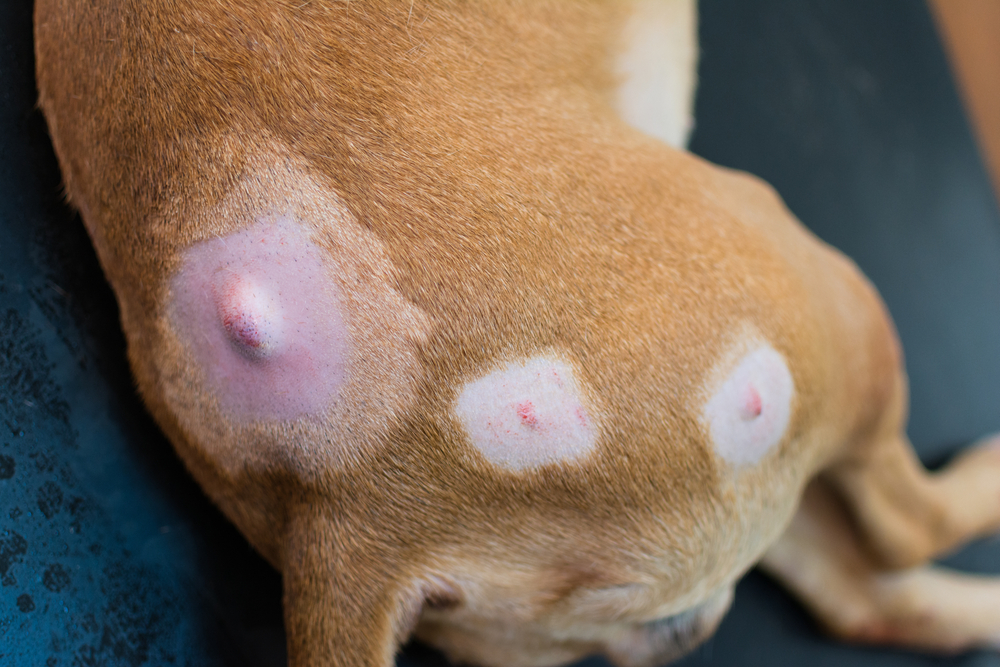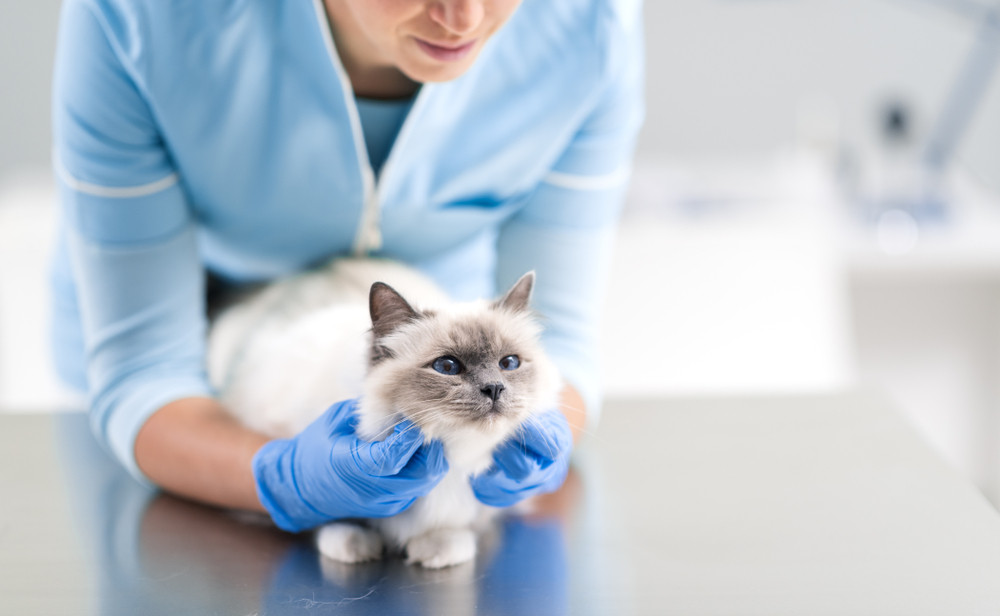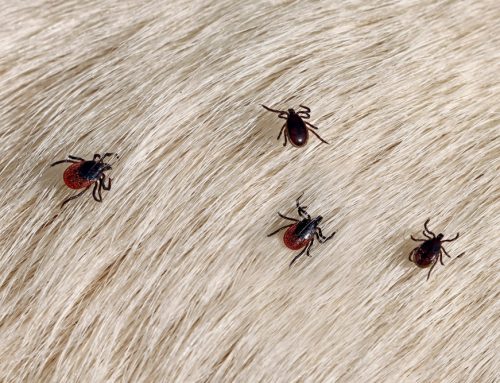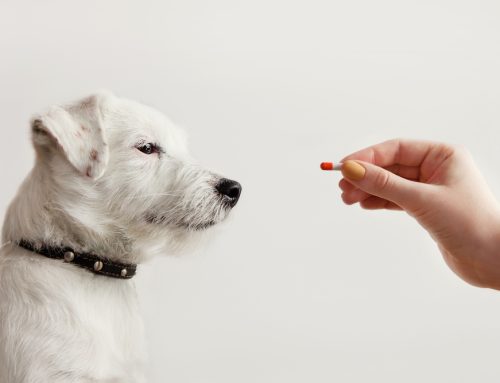Imagine you’re petting your dog or cat, and notice a small bump on their skin. Should you be worried? Is it cancer? Unfortunately, you cannot determine a skin tumor’s exact nature or behavior simply from its appearance, but the Best Friends Veterinary Care team can help. Here are the answers to frequently asked questions about skin tumors, so you’ll be prepared if you find one on your pet.
Question: I found a lump on my dog or cat—should I be worried?
Answer: Whether to worry about a lump depends on your pet’s specific circumstances. Dogs develop skin lumps frequently, and while most are nothing to worry about, a few could be caused by a cancerous change in the skin. Lumps and bumps occur far less often in cats than dogs, but are often more serious. The bottom line is that any lump or bump, while unlikely, could be a concern.
If the lump isn’t bothering your pet or actively aggravating their skin, schedule a visit with our team at our next availability. If your pet has a lump that is rapidly growing, red skin, bleeding, or open wounds, or they are painful or seem unwell, let our team know, because we will need to see your pet sooner.
Q: What could my pet’s skin lump be?
A: Sometimes a lump is caused by inflammation, such as from an allergy or bug bite. Lumps underneath the skin, which may or may not rupture and drain, could be caused by an infection pocket (i.e., abscess), which is common after a small bite or puncture wound. Cysts are harmless, fluid-filled structures that can form anywhere in the body, including the skin.
Usually, a skin lump or bump is a collection of abnormally proliferating cells called a tumor. Not all tumors are cancerous—this is simply the term used to describe abnormal tissue. Tumors can arise from any structure, including the different skin cell layers, hair follicles, oil glands, sweat glands, and the fat, connective tissue, or muscle below the skin. Common tumors in dogs include lipomas, papillomas, sebaceous adenomas, and mast cell tumors. Cats are more likely to develop basal cell tumors, mast cell tumors, squamous cell carcinomas, and fibrosarcomas.
Q: How do benign and malignant skin tumors differ?
A: A benign tumor is not caused by cancer and cannot spread to other body parts, or endanger your pet’s overall health. A malignant tumor is a cancer that can potentially spread and endanger your pet’s life. Most skin tumors in dogs are benign, but often not in cats.
Q: How do you determine if my pet’s skin tumor is benign or malignant?
A: You cannot tell whether a tumor is benign or malignant, or what tissue the tumor arose from, simply by looking. While the appearance and feel of a skin tumor, along with your pet’s species, age, breed, health history, and tumor location, can give our team a good idea about the lump, we won’t know for sure without running a few tests.
The ideal tumor test can be performed quickly during an office visit. Our team will collect cells from the growth with a small needle, and examine them on a slide under the microscope. Cells that are difficult to identify can be sent to an outside laboratory. If a needle biopsy does not provide enough information, we can take a larger sample while your pet is lightly sedated, or using a local anesthetic.
Q: How are benign skin tumors treated?
A: A benign skin tumor that is not damaging the local skin can be left alone and monitored over time for changes. We recommend surgically removing tumors that are causing chronic infections or skin irritation, or that have grown so large that they are impeding your pet’s normal movement or activities.
Q: How are malignant skin tumors treated?
A: A malignant skin tumor should be surgically removed whenever possible. Because malignant tumors may spread microscopically into the skin, your veterinarian will remove as much tissue around the tumor as safely possible, which could mean removing an entire body part, such as a toe or leg, if the tumor is threatening your pet’s health. Surgical tumor removal is often curative, but a few pets will require additional cancer treatments, including chemotherapy or radiation.
Q: My pet keeps forming new tumors—should they all be removed?

A: Pets who develop one skin tumor are likely to develop many more as they age. Only malignant tumors or those that bother your pet need removal, but others should be monitored closely during your pet’s annual wellness visits. New skin tumors that you notice should be checked with a needle biopsy to determine whether they are cause for concern.
Each new skin tumor that appears on your pet, and any older tumors whose appearance changes, should be evaluated by the Best Friends Veterinary Care team. Although many skin tumors are benign, some can be cancerous and endanger your pet’s life, while others can cause local problems such as chronic ulceration. Contact us to schedule a lump check, or for your pet’s annual wellness visit and skin tumor mapping.








Leave A Comment